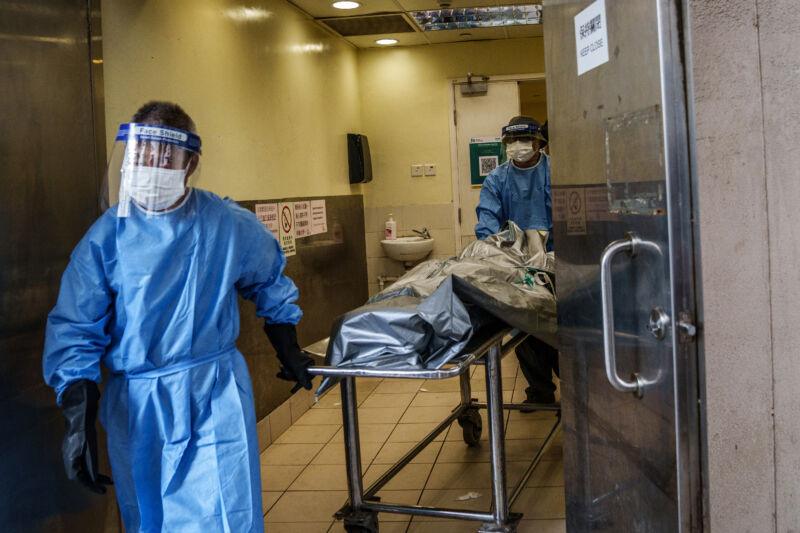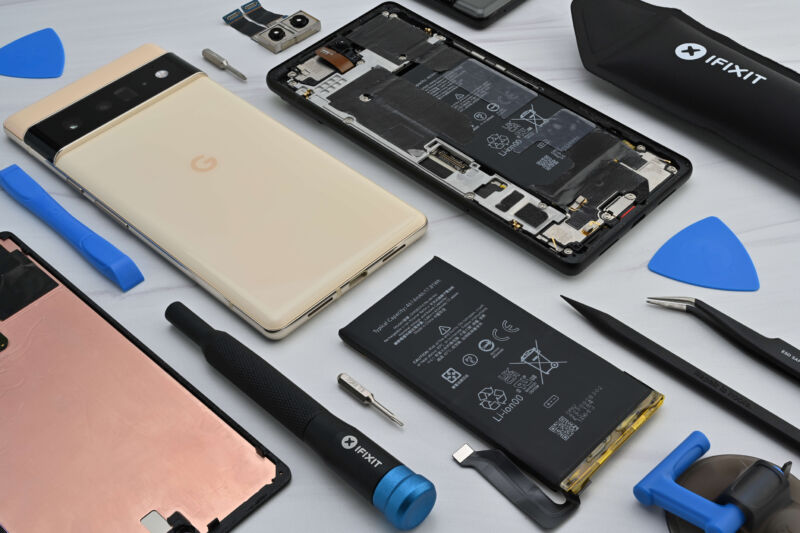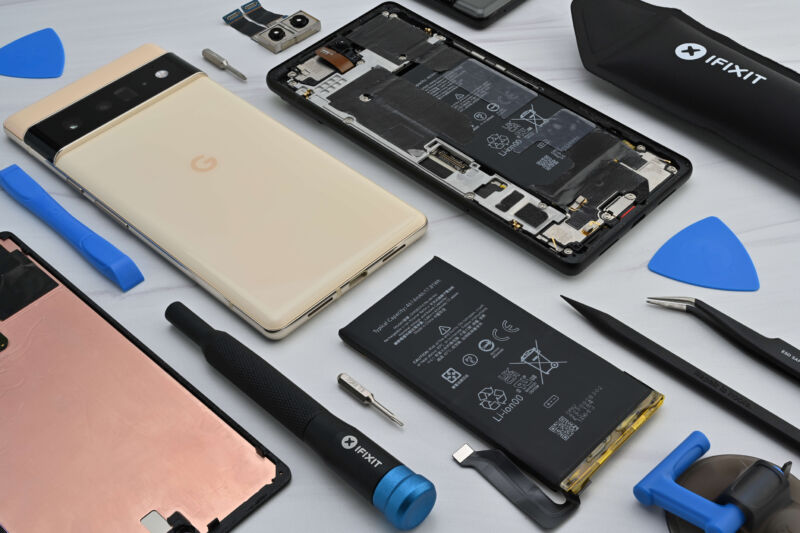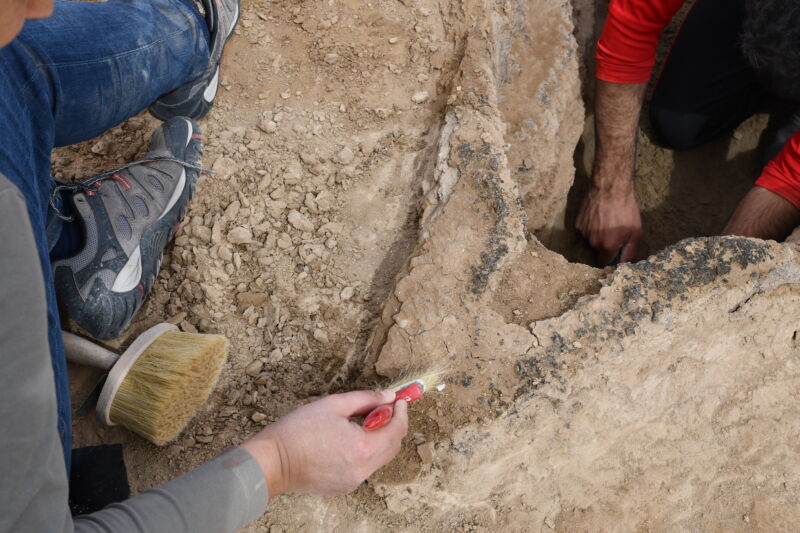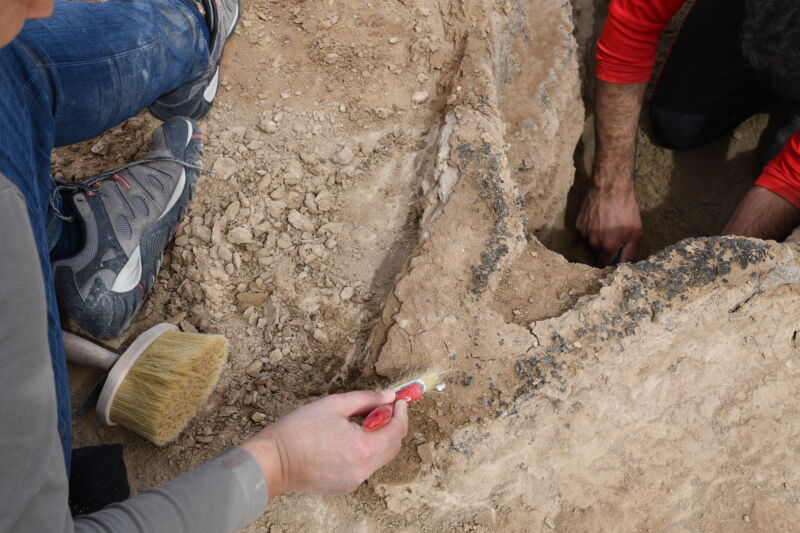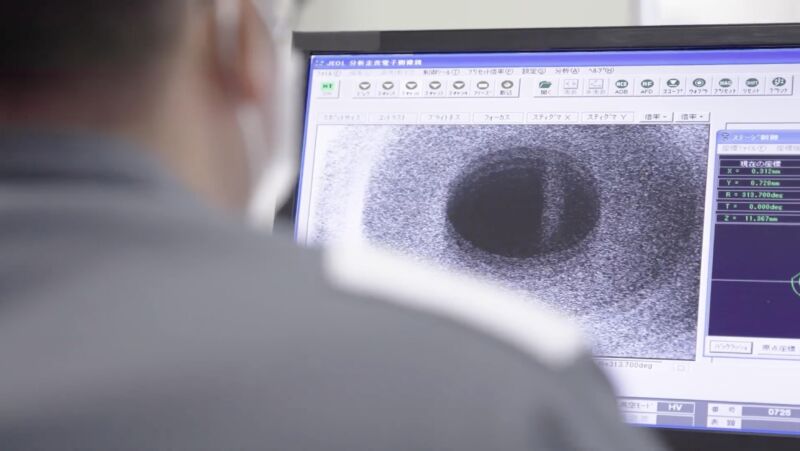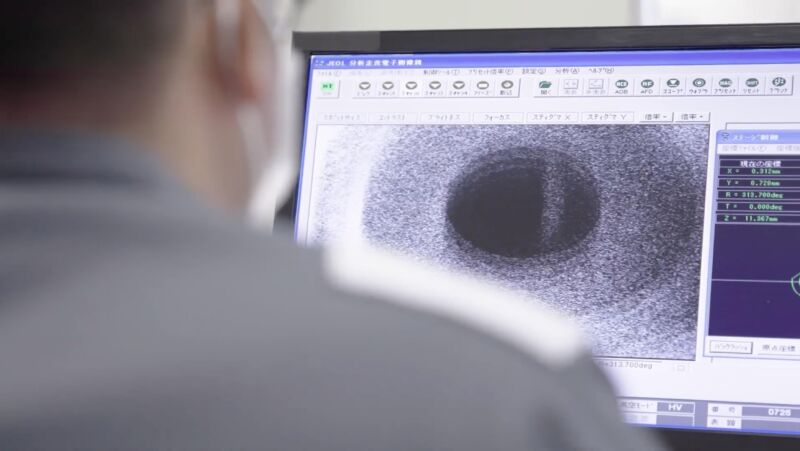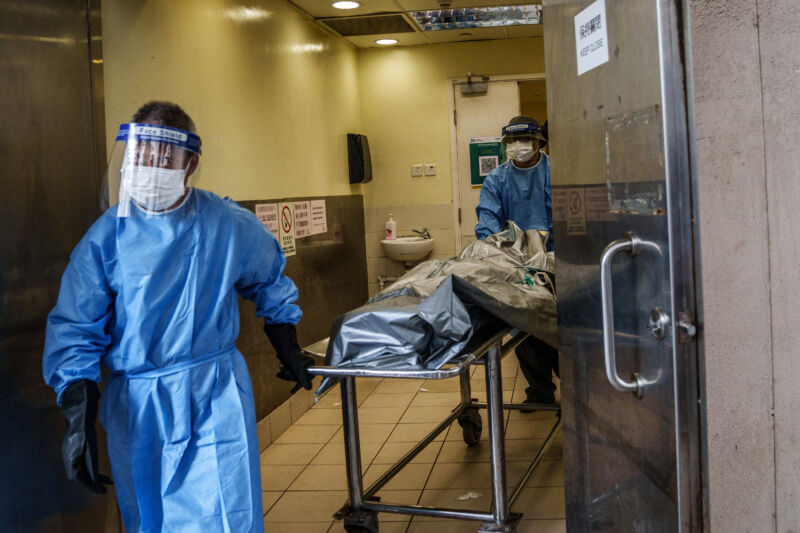
Enlarge / Health care workers wearing personal protective equipment transport the body of a deceased patient onto a hearse outside the mortuary at the Queen Elizabeth Hospital in Hong Kong, China, on Wednesday, March 2, 2022. Hong Kong reported more than 55,000 cases on Wednesday, its hospitals are inundated, and the city’s morgues are nearly full. (credit: Getty | Bloomberg)
For much of the pandemic, China kept the coronavirus at bay. The country adopted an aggressive COVID-Zero plan, rigorously identifying, containing, and tracing cases to prevent the viral spread. It appeared to work remarkably well—until the arrival of the ultratransmissible omicron variant.
The seemingly uncontainable virus is now exploding in China, smashing records daily and laying bare a tragic fault in China’s COVID policies: the country’s most vulnerable—older people—are among the least protected by vaccination. As such, death rates are bound to soar.
This has already played out in Hong Kong, which saw its own towering omicron wave between January and March. In its wake was one of the highest death rates the world has seen amid the pandemic. In a study published Friday by the Centers for Disease Control and Prevention, the US CDC partnered with the CDC China for a postmortem on the deadly spike. The analysis highlighted the fatal flaw when neglecting to vaccinate older people.


